Directed by Carrie Cracknell, Netflix’s period romance movie ‘Persuasion’ centers around Anne Elliot, daughter of a famed baronet named Sir Walter Elliot. The unmarried woman finds it hard to move on from her former lover Frederick Wentworth even after eight years of separation. As Anne leads a dispirited life, Wentworth returns to her as a navy captain, with a reputation and wealth to prove that he isn’t a hopeless man as Anne’s family believed.
Cracknell’s film is an adaptation of Jane Austen’s renowned eponymous novel, adapted by screenwriters Ron Bass and Alice Victoria Winslow. If you wish to know what are the changes Bass and Winslow brought to their adapted screenplay, let us be your ally! SPOILERS AHEAD.
6. No Black or Multiracial Characters in Jane Austen’s Novel
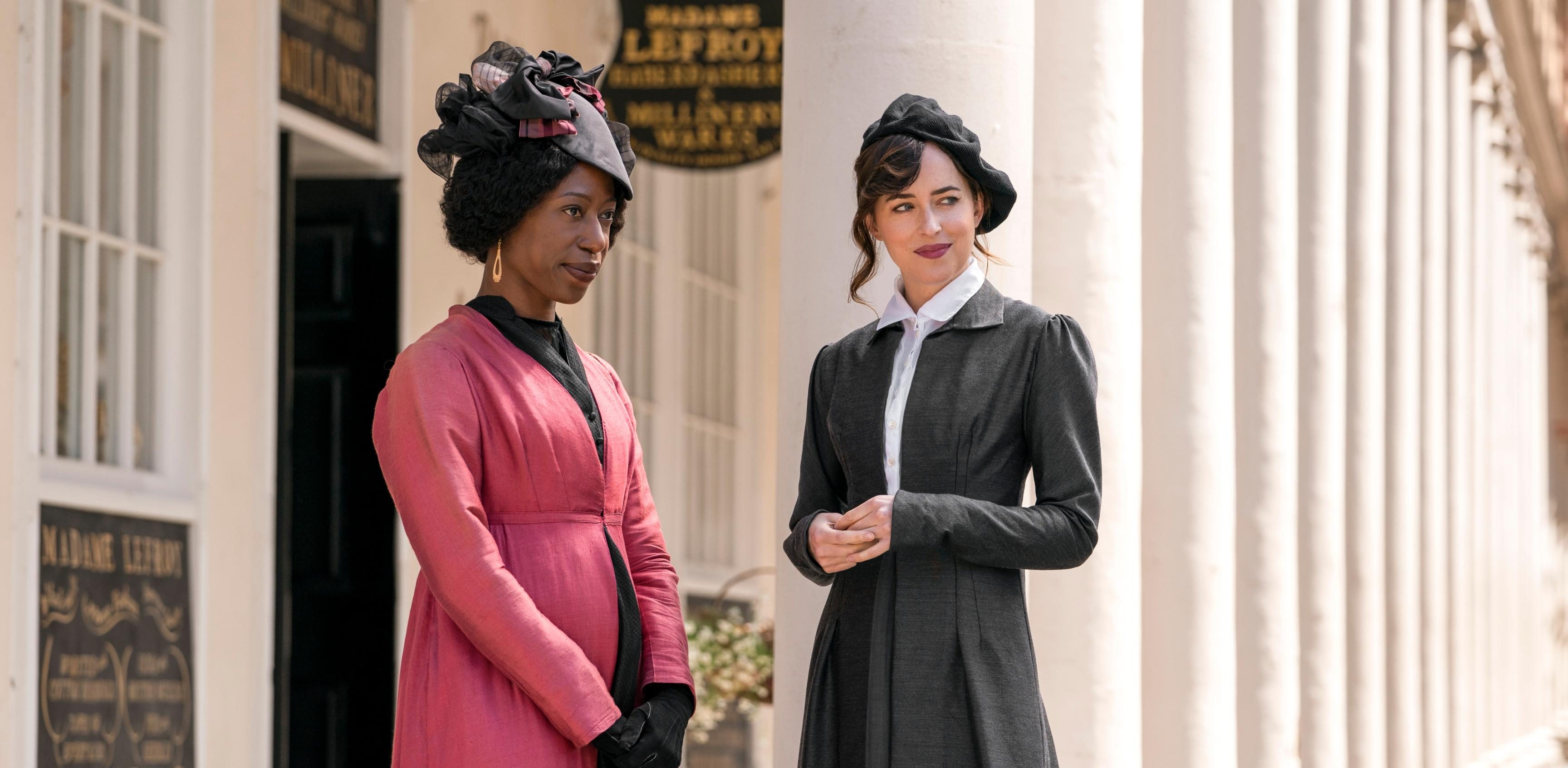
Jane Austen’s ‘Persuasion’ doesn’t feature any Black or multiracial characters. However, Cracknell’s film features several Black and multiracial characters, including Lady Russell, Charles Musgrove, Henrietta Musgrove, Louisa Musgrove, etc. Even though Black people were part of British society at the time, Austen’s novels do not feature several Black characters. Bass and Winslow took creative liberties to introduce the aforementioned characters, ensuring representation. Austen’s first Black character, a Black West Indian heiress named Georgiana Lambe, features in her unfinished novel ‘Sanditon.’
5. Mrs. Clay
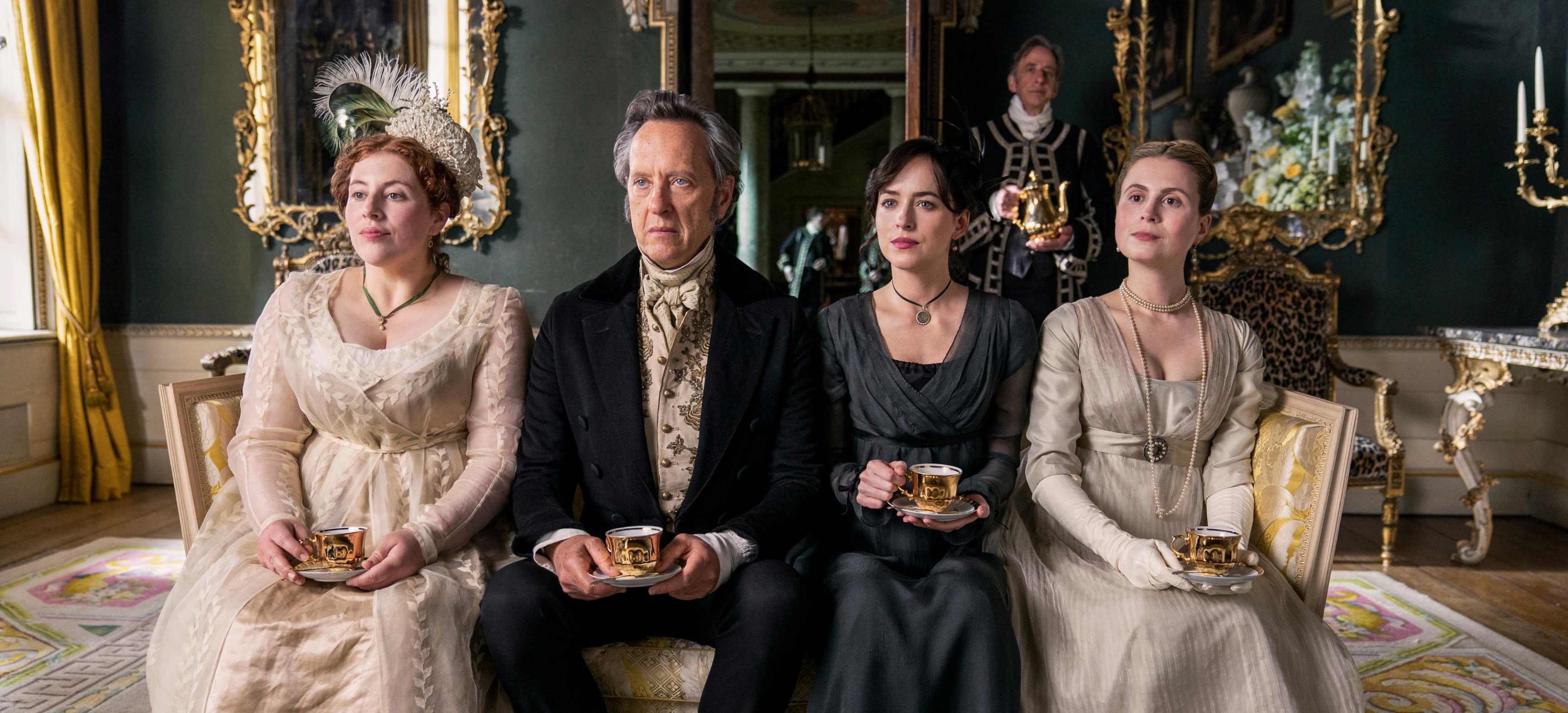
In the film, Mrs. Clay or Penelope Clay is Anne’s sister Elizabeth Elliot’s friend and their father, Sir Elliot’s companion. Even though Anne is not friendly with her, she doesn’t care about Mrs. Clay’s presence in her family either. Nevertheless, Anne dislikes Mrs. Clay considerably in Austen’s novel. She also fears whether the latter will try to marry her father to rise above the ranks in society, while the film version is not so bothered about the same. In addition, Austen’s novel ends by revealing the “possibility” of Mrs. Clay’s marriage with Mr. William Elliot, but the film concludes by depicting their marriage.
4. Henrietta’s Dilemma
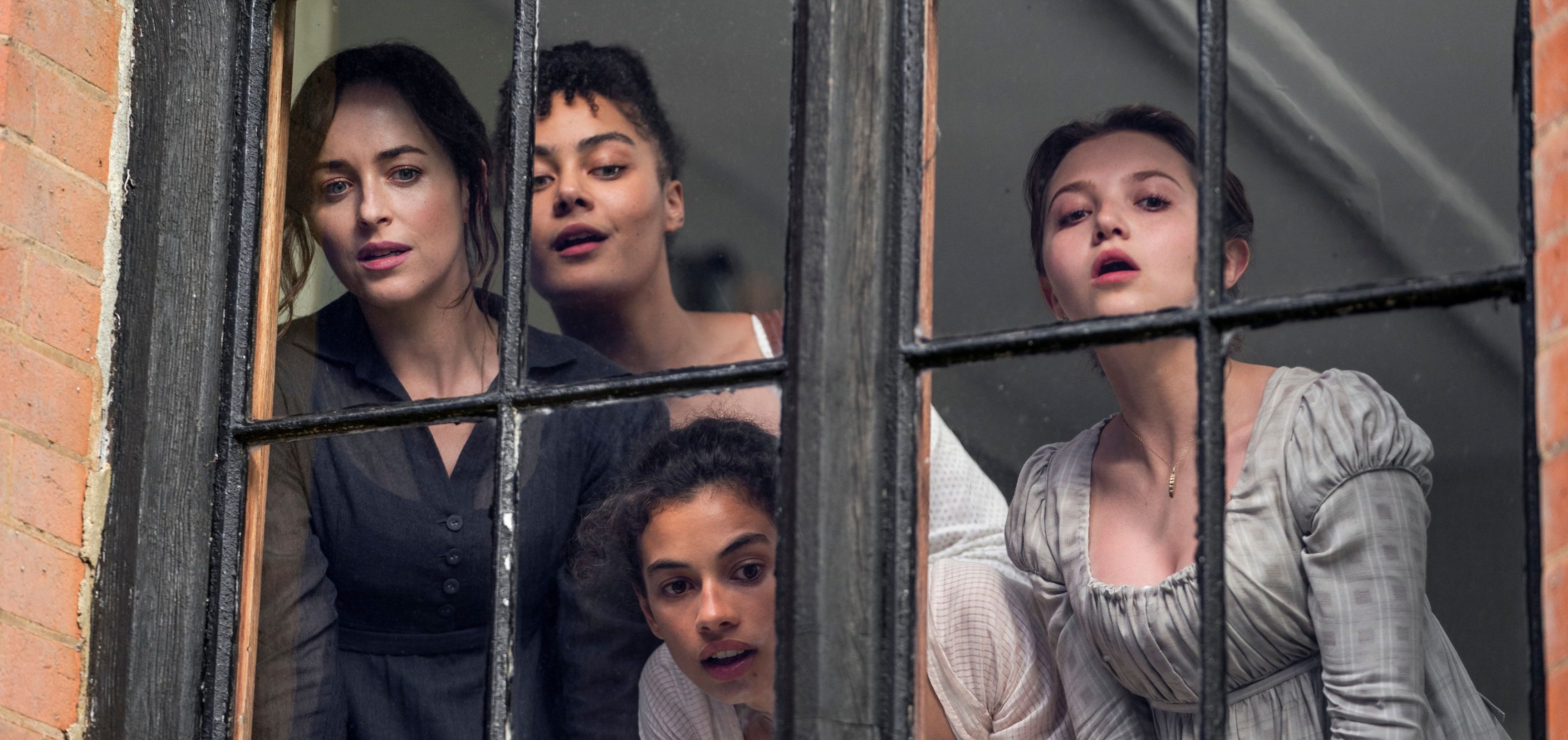
In the film, Louisa’s sister Henrietta longs for her cousin Charles Hayter to be decisive about his feelings for her. Moreover, she stays away from her sibling’s infatuation with Captain Wentworth. Though, in the novel, Henrietta does get charmed by Wentworth and presents herself as an option for him, along with her sister Louisa. Ultimately, she decides to marry Hayter when he musters up the courage and finds a livelihood to propose to her. Hayter is also an essential character in Henrietta’s storyline in the novel but gets featured only once in the film.
3. Mrs. Smith and British Class Division
Austen’s novel features Mrs. Smith, Anne’s childhood friend, who reunites with the latter when she arrives in Bath. The two rekindle their old friendship despite Mrs. Smith’s fall on hard times, losing her wealth and fortunes, and her husband’s death. However, the character doesn’t exist in the film’s narrative; the only friend Anne has in the film is Lady Russell.
In addition, through Mrs. Smith, Austen’s novel depicts the class disparities in the British society of the era. Sir Elliot and Elizabeth do not want Anne to mingle with Mrs. Smith, someone from an inferior class and financial situation. Regardless, the former ignores her family’s opinions and reconnects with Mrs. Smith. The omission of the character in the film paves the way for the absence of social commentary in Bass and Winslow’s adaptation despite it being a prominent part of Austen’s novels, including ‘Persuasion.’
2. Mr. William’s Haughtiness
In the film, Mr. William reveals to Anne that he arrived in Bath to prevent Sir Elliot and Mrs. Clay from conceiving a child together, which will stop him from inheriting Sir Elliot’s estate. He considers his honesty and display of intentions as superior qualities that can make Anne attracted to him. But in Austen’s novel, Mr. William’s intentions are revealed to Anne by Mrs. Smith since he hides them from her.
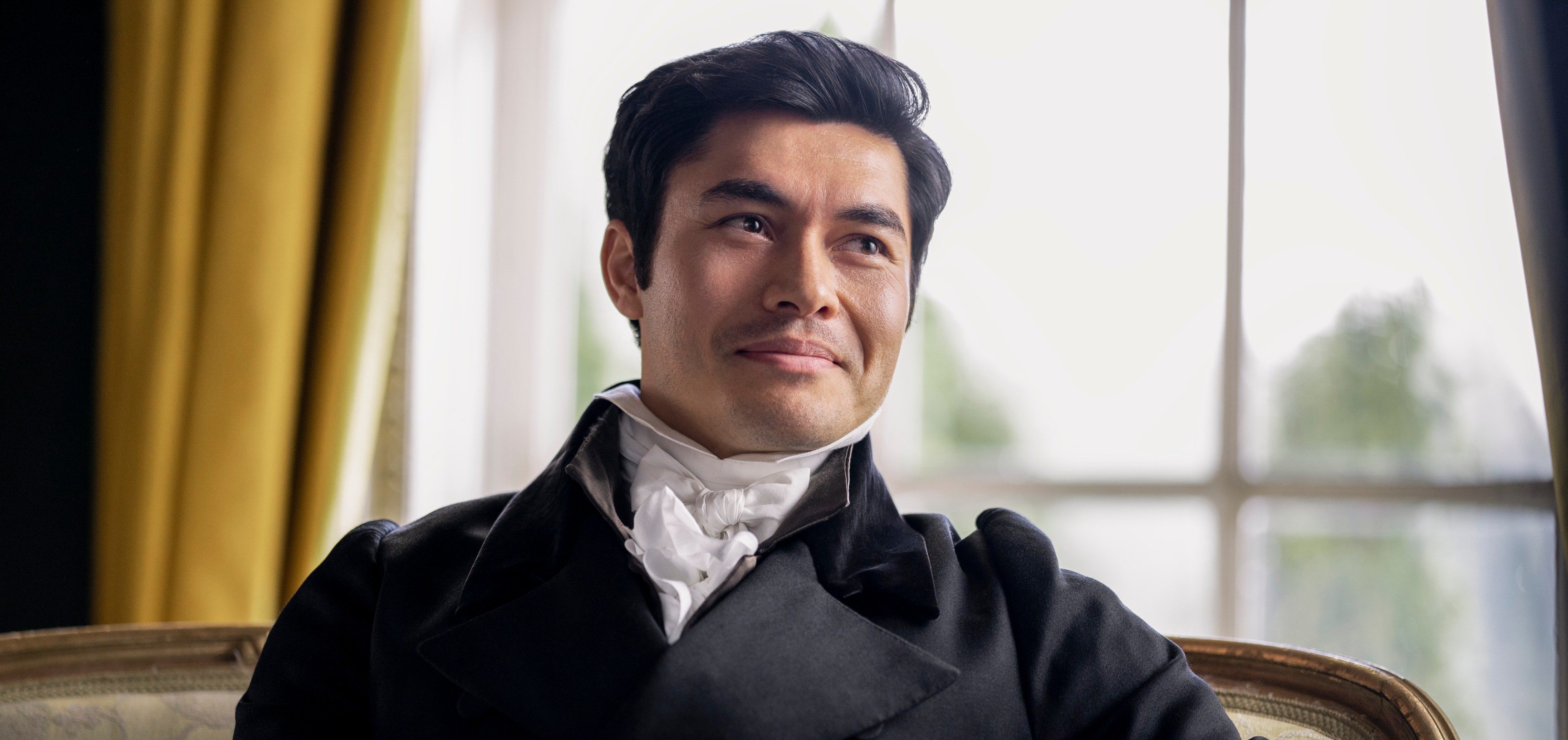
Mr. William and Mr. Smith were friends, and the latter tried to follow the luxurious lifestyle of the former, only to lose all his wealth and stoop to debt. When Mrs. Smith requested Mr. William’s help, he rejected her as well. Such a revelation also doesn’t get included in the adapted narrative due to the lack of the character Mrs. Smith.
1. Louisa and Wentworth’s Engagement
In Cracknell’s creation, Lady Russell tells Anne that Louisa and Wentworth are engaged. She falls into despair and believes she has lost her beloved for good. She even tries to hurt Wentworth after knowing about the engagement by saying that men forget the love of their life, unlike women, who cling to their love until they die. Anne later realizes that Louisa is engaged with Captain Benwick and not Wentworth, which leads her to her former lover, paving the way for their reunion.
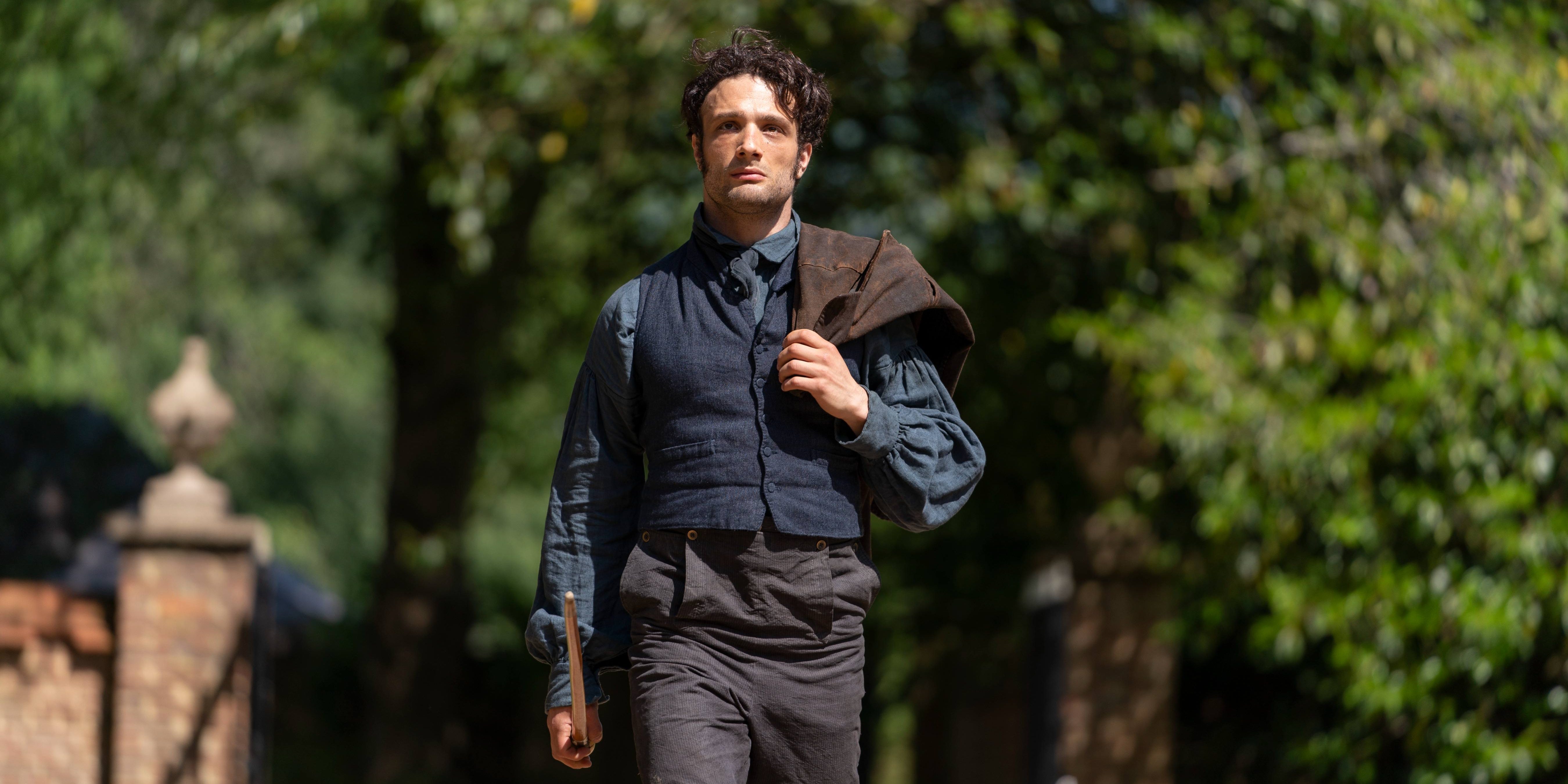
However, Lady Russell doesn’t tell Anne about Louisa and Wentworth’s engagement in the novel. Anne doesn’t carry any misunderstanding regarding the same since her sister Mary Elliot Musgrove informs her about Louisa and Benwick’s union through a letter. After realizing that Wentworth is free, she tries her best to reunite with him and eventually does.
Read More: Where Was Netflix’s Persuasion Filmed?

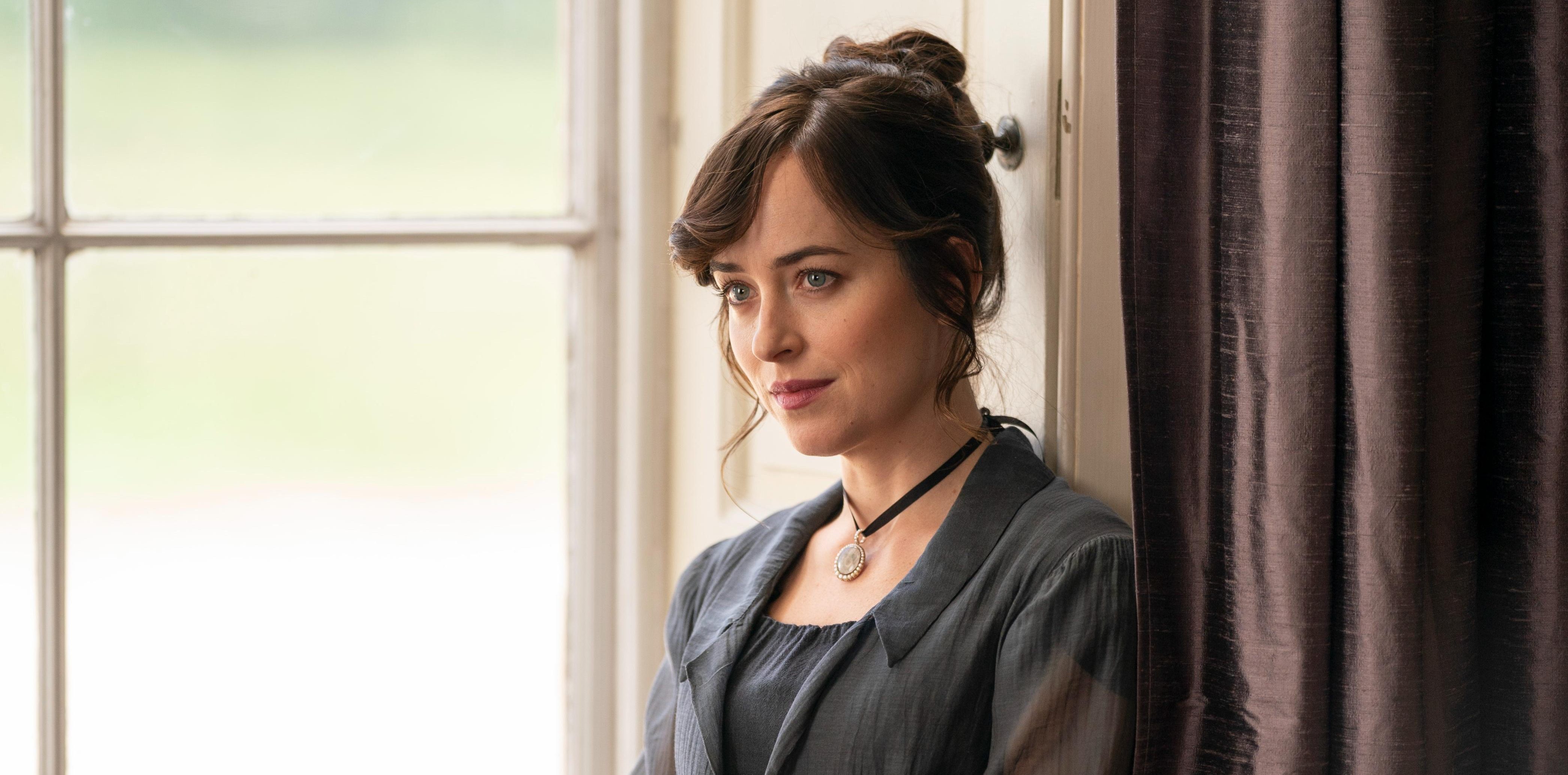
You must be logged in to post a comment.